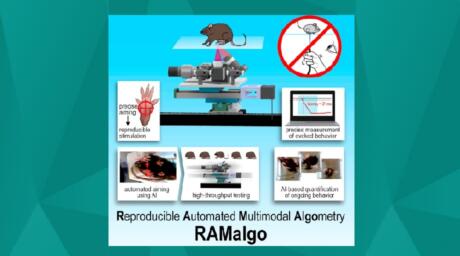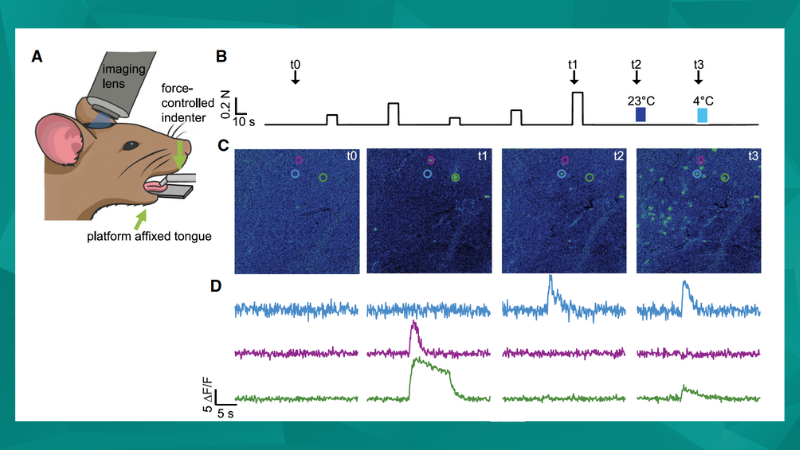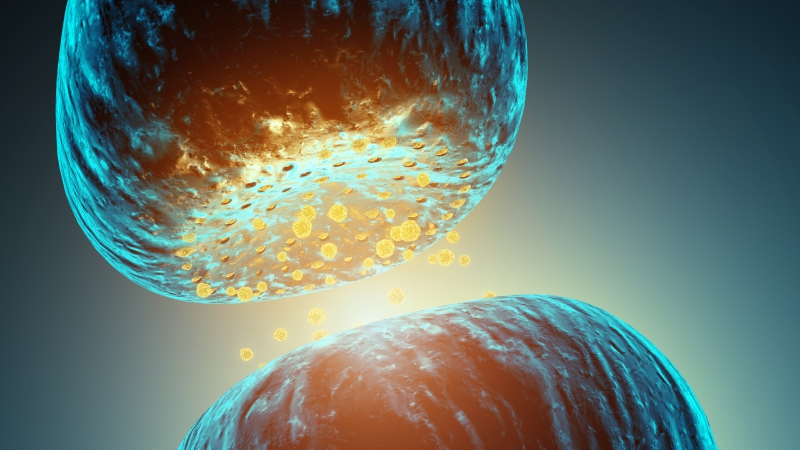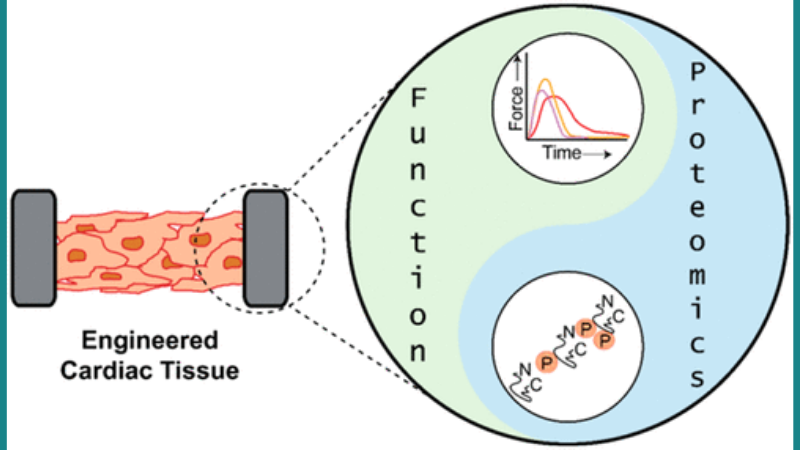Nociceptive November
In honour of SfN 2025 this week in San Diego, we’re embracing a pinch of “Nociceptive November” by diving into the nitty-gritty of touch, pain, and everything in between. From brain–computer ...
Best of 2024: Intricate Advancements
As 2024 draws to a close, the following publication review features a collection of selected studies from our annual short-list. From uncovering the evolutionary novelties of sound production in ...
Going to Great Pains: Breakthroughs in Nociception Research
Gearing up for the much-anticipated Society for Neuroscience (SfN) meeting, known as the premier global neuroscience event, this month’s publication review centers around nociception. Here, we ...
The cellular basis of mechanosensation in mammalian tongue
In this study, in-vivo calcium imaging of mouse trigeminal ganglion neurons is employed to identify functional groups of mechanosensory neurons
Unravelling the Intricacies of Somatosensation
Somatosensation, the process responsible for our perception of the world, is more mechanistically complex than it may seem. Pressure, temperature, and pain are just a few of the various parameters ...
300C-I Dual Mode Indenter: How to Perform Force Control Experiments
In this technical blog, we explain how to perform force control experiments with our 300C-I Dual Mode ...
Identification and Classification of Tongue-Innervating Mechanoreceptors
Join Yalda Moayedi, PhD, for a discussion on how tongue-innervating neurons can be clearly identified and classified according to their mechanosensory ...
Best of 2021: Material Science
This publication review summarizes some of the best recent articles that fall under our Material Science ...







